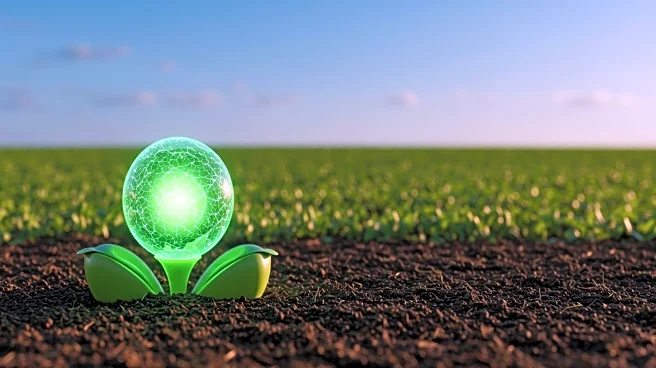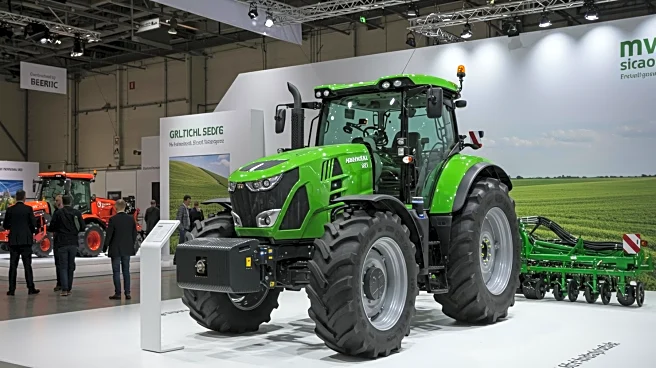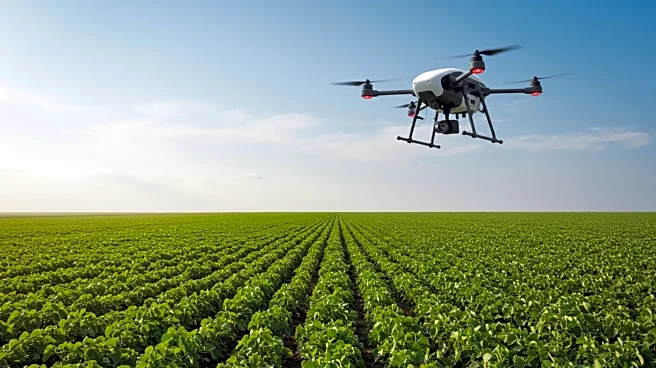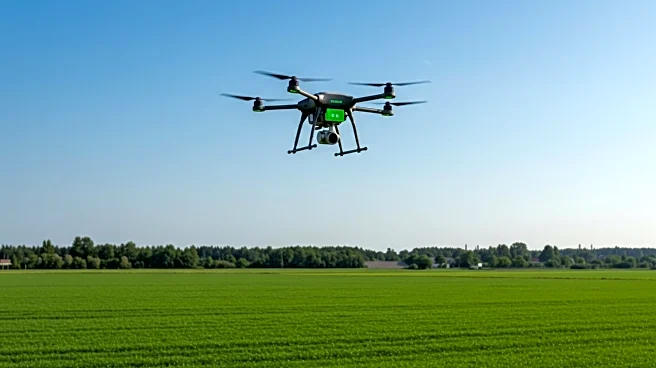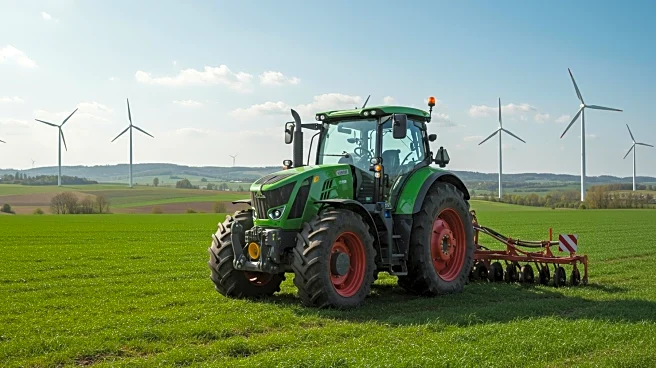What is the story about?
What's Happening?
Claas has introduced the Jaguar 1000 series, a new line of self-propelled forage harvesters featuring the company's widest crop flow channel to date. The series includes four models, ranging from 850 to 1,110 horsepower, capable of processing up to 500 tons per hour. The harvesters are equipped with a 24-liter V12 MAN engine and advanced features such as Cemos Auto Performance for intelligent engine load management. The new design emphasizes improved chop quality, cab comfort, and adaptability to varying field conditions, offering farmers enhanced efficiency and productivity.
Why It's Important?
The launch of the Jaguar 1000 series represents a significant advancement in agricultural technology, providing farmers with tools to optimize their harvesting operations. The wider crop flow channel and intelligent features are designed to improve throughput and reduce operational fatigue, potentially increasing yields and profitability for farmers. This development underscores the importance of innovation in the agricultural sector, as companies like Claas strive to meet the evolving needs of modern farming practices. The introduction of these advanced harvesters could influence market dynamics and set new standards for forage harvesting equipment.
What's Next?
With the Jaguar 1000 series now available for order, Claas is likely to focus on marketing and distribution efforts to ensure widespread adoption of the new models. Farmers and agricultural businesses will be evaluating the benefits of the enhanced features and considering investments in the new technology. As the harvesters are deployed, feedback from users will be crucial in assessing their performance and impact on farming operations. Claas may also continue to innovate and expand its product offerings, responding to customer needs and industry trends.
Beyond the Headlines
The introduction of the Jaguar 1000 series highlights the ongoing evolution of agricultural machinery, driven by technological advancements and the demand for greater efficiency. The focus on intelligent systems and enhanced crop processing capabilities reflects broader trends towards precision agriculture and sustainable farming practices. This development may encourage other manufacturers to invest in research and development, fostering competition and innovation in the agricultural equipment market. The long-term implications could include shifts in farming techniques and increased emphasis on data-driven decision-making.
AI Generated Content
Do you find this article useful?


